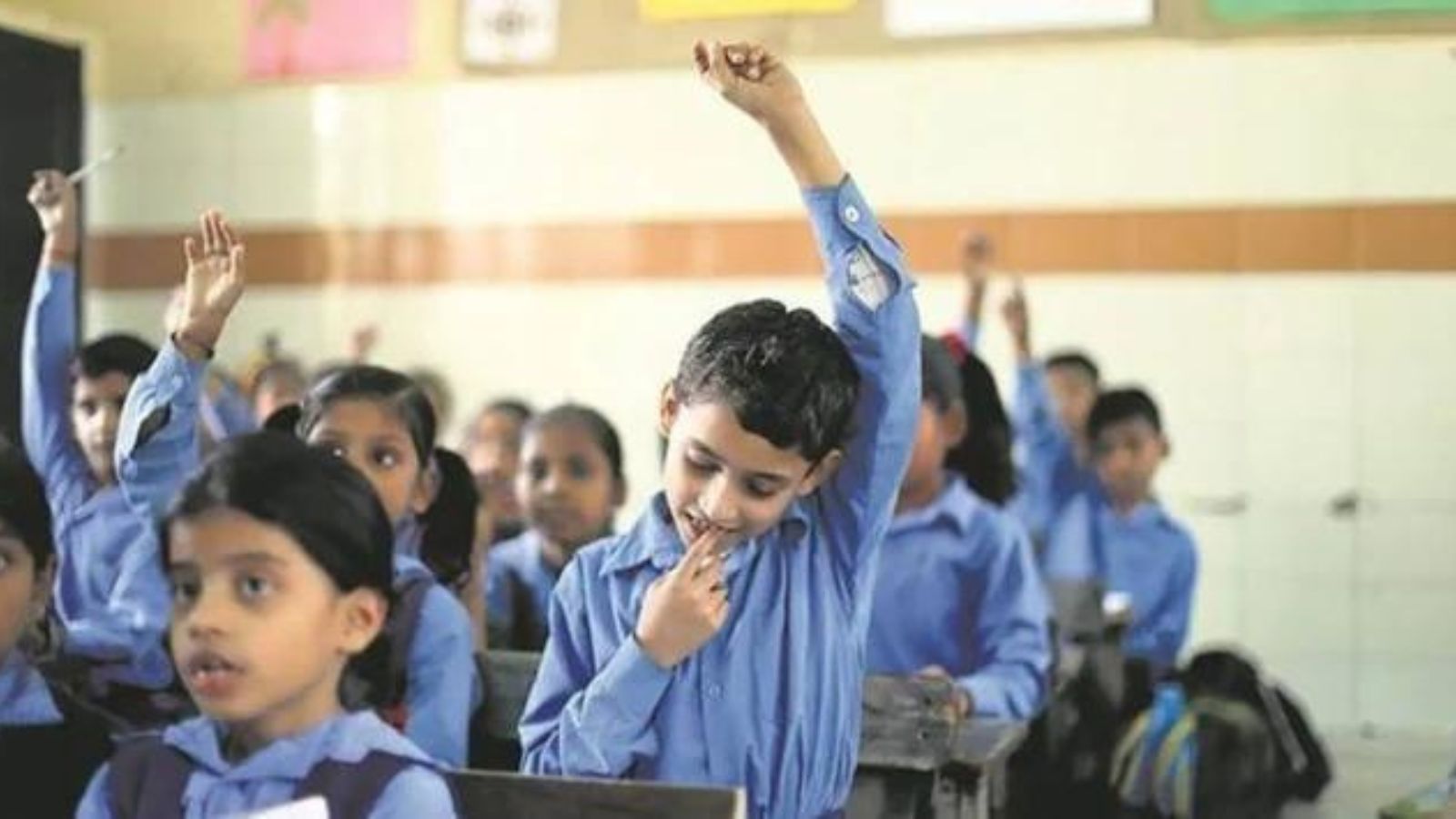
It’s like the proverbial, unwilling horse: You can somehow take him to the pond, but cannot make him drink. Our system of elementary education had resisted compulsory universal enrolment for a century. And now, more than a decade has passed since the Right to Education (RTE) was promulgated, but the system continues to dither over its full implementation. Historically, it was the first law in school education to be passed by Parliament. Its promulgation conveyed great promise for millions of children. A new chapter in India’s social history appeared to have opened. Early portents were bright — despite grim inter-state disparities in provision and performance, the overall picture suggested that elementary education and other child rights had at last gained social and systemic acceptance. That pleasant picture no longer looks either clear or bright.
The recent verdict given by the Bombay High Court indicates the kind of spanners that state governments have thrown in the RTE’s track. That court set aside a government order issued earlier this year. Through this order, the Maharashtra government attempted to circumvent a major provision that RTE offers to children of the poorer sections of society. This provision calls upon unaided private schools to reserve one-fourth of their seats for the poor. The Maharashtra government’s order said that private schools need not implement this provision if there is a government school within a distance of 1 kilometre.
Maharashtra is not the only state where the bureaucracy came up with this clever idea. The government gave two arguments in support of its order. One was about resources. If they are being spent for providing easy access to a government school, why should they be duplicated? This argument is rooted in the rule that the government will reimburse a private school for the cost of enrolling a poor child. Not the entire cost was to be reimbursed under this new rule; it was supposed to be equal to what the government spends per child in its own schools. The Maharashtra government’s argument about avoiding duplication of expenditure refers to this rule.
The other argument put forward was about the Right to Education itself. It was not “absolute” in the sense that other fundamental rights are. This logic is quite popular; what is surprising is that a state government is using it, thereby revealing its lack of commitment to a law enacted by Parliament as a follow-up to a constitutional amendment. That the government of Maharashtra is not alone in its view of the RTE as a merely quasi-fundamental right indicates how difficult a journey awaits India’s children in their search for justice. After the Bombay High Court’s verdict upholding the RTE’s sanctity, other state governments may well expect similar challenges to practices that are not compatible with RTE and its guidelines.
When the RTE was promulgated, it was expected to serve as a conscience raiser. The idea of giving every child the right to be at a school has waited for a long time. Gopal Krishna Gokhale tried to seek approval for it in the Imperial Legislative Assembly in 1911. He failed. RTE’s approval by Parliament in 2010 was historic, but there was something even more historic in the RTE’s provisions. They offered a rich pedagogic picture of what our elementary schools should be like. RTE turned the tenets of progressive pedagogy into law. Its greatest social gift was the mandate it gave for mixing children from different socio-economic backgrounds. It did this by compelling private unaided schools to allot one-fourth of their seats to children from economically weaker sections (EWS). Never before had such a bold measure been legislated to build long-term bridges in a stratified social order.
This provision was neither appreciated nor understood. It jarred with the entrenched belief in social hierarchy. Private schools saw RTE as an intrusion and they sought legal and political help to avoid implementing the EWS reservation. Some evinced willingness to do so, provided they could create a separate section for the EWS children rather than let them study with the others. Quite a few wanted to run afternoon classes. RTE did not allow any of these bypasses.
According to modern pedagogic theory, mixing of children from different backgrounds enriches learning. Few private schools saw it that way. They invoked all kinds of dark portents, such as adjustment problems that EWS children would face. They missed noticing the potential RTE offered for an enriched classroom environment. To their credit, there were some teachers who worked hard to translate RTE’s vision into classroom reality and their effort created a new kind of ethos.
The RTE’s progress is far from reassuring. Amendments to the original Act have dented several key aspects that were intended to make elementary education experientially deep for children across the socio-economic divide. The biggest failure of the system to live up to RTE’s vision is in teacher training. It has remained the weakest link in the policy chain. About 15 years ago, the J S Verma Commission, which was appointed by the Supreme Court, gave clear-cut guidelines to revamp teacher training. Our system has ensured that interest in these guidelines wouldn’t last long. Interest in RTE itself has been waning for some time now. What seemed like a new chapter in India’s social history now looks like an aberration.
The Bombay High Court’s verdict has cleared the air. Will other states like Karnataka and Punjab also act on the verdict? In these states, a parent can apply for the EWS category only if there is no government school within a one-km distance. Punjab’s injunction is bizarre. Only if parents can’t get admission to a government school can they take their child to a private school and claim the EWS quota. An Act that was designed to protect the rights of children is now being used to enable private schools to exclude the poor with the state’s help and connivance.
The writer is a former NCERT director and the author of Thank You, Gandhi



